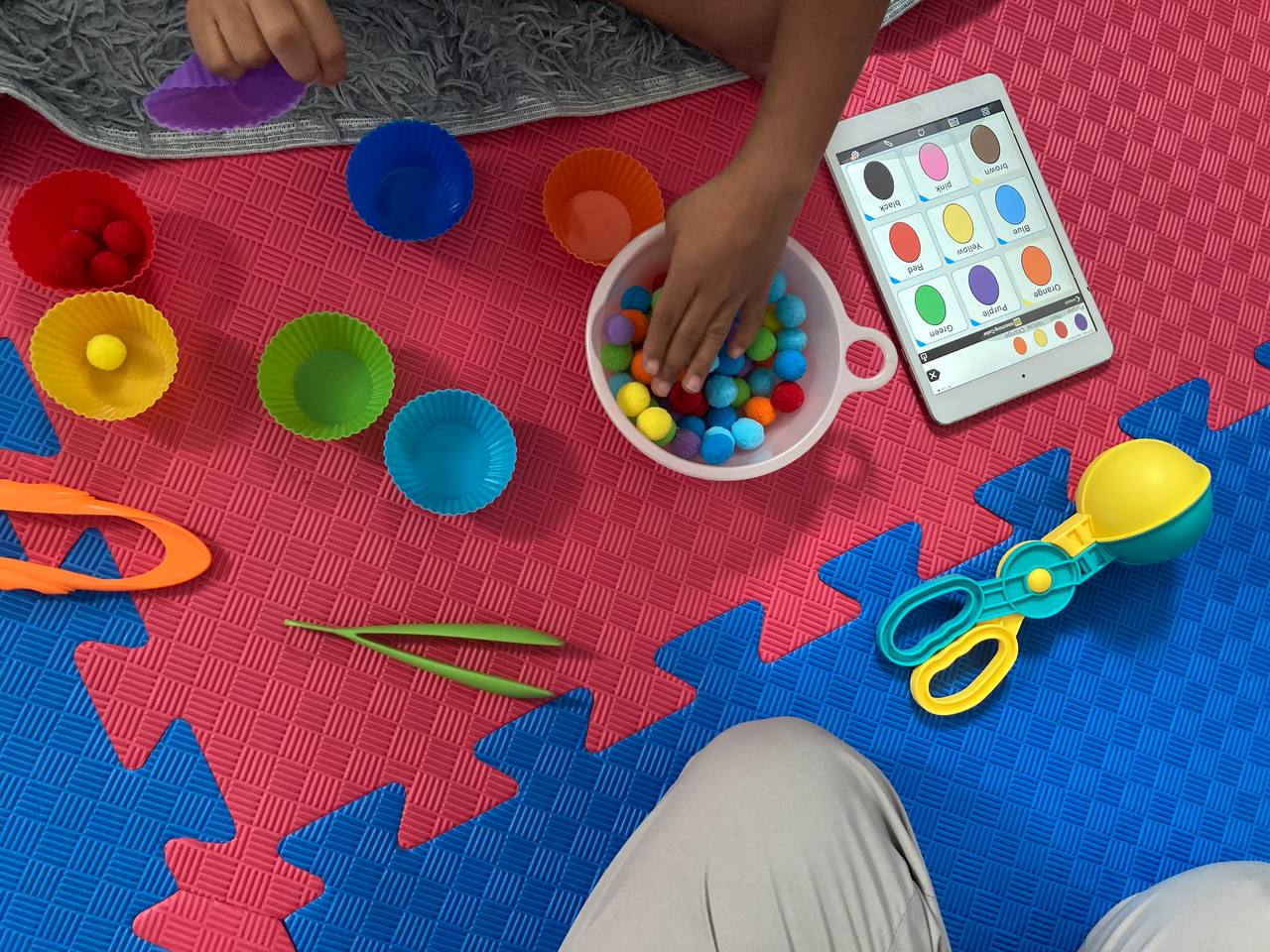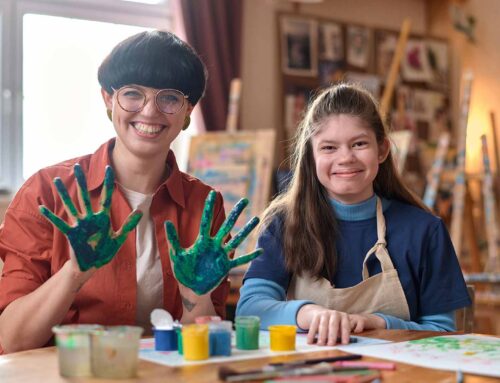For curious toddlers and preschoolers, the world is a treasure trove of textures, shapes, and colors begging to be explored. Among these captivating objects, pom-poms, with their fluffy softness and vibrant hues, hold a special allure. But beyond their playful appeal, pom-poms offer a valuable opportunity to develop fine motor skills, the intricate movements involving the hands and fingers. So, let’s delve into the world of pom-pom sorting and uncover how this seemingly simple activity fosters essential skills for future learning and development.
Fine Motor Magic: Building Strength and Dexterity
Fine motor skills are crucial for everyday tasks like writing, dressing, and manipulating tools. Pom-pom sorting, in its various forms, engages multiple aspects of these skills:
- Grasping and Pinching: Picking up individual pom-poms, especially smaller ones, requires precise coordination between the thumb and fingers. This repetitive action strengthens muscles and improves dexterity, paving the way for smoother writing and utensil use.
- Hand-Eye Coordination: Selecting the desired pom-pom and placing it in the correct container demands visual focus and coordination between the eyes and hands. This refined skill translates to better ball-catching, drawing, and navigating the environment.
- Sorting and Categorization: Grouping pom-poms by color, size, or texture introduces children to the concept of categorization, a fundamental cognitive skill. It lays the groundwork for future math and science learning, where identifying similarities and differences becomes essential.
Beyond the Basics: Expanding the Playful Learning Landscape
The beauty of pom-pom sorting lies in its versatility. Here are some ways to add variety and challenge, keeping young minds and hands engaged:
- Sensory Exploration: Introduce different textures, like felt, wool, or plastic, to stimulate tactile senses. Children can sort based on texture or create patterns using contrasting textures.
- Counting and Matching: For older children, incorporate counting exercises. Sort pom-poms into groups of specific numbers or create patterns by matching colors and quantities.
- Craft Integration: Use sorted pom-poms for art projects, creating collages, mosaics, or decorating picture frames. This adds a creative dimension and extends the learning experience.
Remember: The key is to keep it fun and engaging. Choose pom-poms in appealing colors and sizes, provide a variety of sorting containers, and encourage exploration without pressure.
Pom-pom sorting, with its engaging nature and versatility, offers a valuable platform for nurturing young children’s fine motor skills. By incorporating this activity into playtime, we equip them with the necessary tools for future learning and success, all while fostering a love for exploration and discovery. So, grab some colorful pom-poms, unleash your child’s inner sorter, and embark on a journey of playful learning!





Leave A Comment